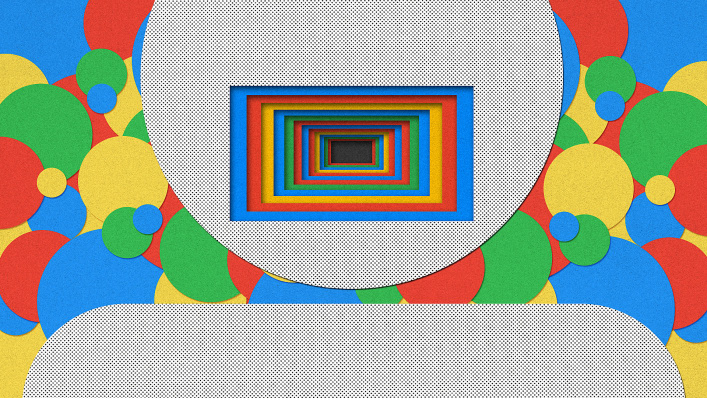Google’s 3 Secrets To Designing Perfect Conversations First of all, try to be human. Google’s 3 Secrets To Designing Perfect Conversations BY MARK WILSON6 MINUTE READ We’ve all been frustrated when talking to a computer.
BY MARK WILSON6 MINUTE READ
We’ve all been frustrated when talking to a computer. Maybe it can’t understand what you’re saying. Maybe it hears you, but doesn’t understand what you mean. Or maybe it’s just a tedious chat with a cloying personality with whom you’d never choose to associate in real life.
Such are the problems of designing voice interfaces. In theory, voice is the ultimate medium–one people don’t have to learn to use. “Users are instant experts. There’s nothing to teach, or at least there shouldn’t be,” says Daniel Padgett, conversational design lead at Google. “It’s something that they’ve been doing forever. Because of that, they have high expectations.”
However, the fact that human speech is so nuanced and contextually driven makes a serious challenge for any designer or company looking to break into this new medium. And voice interfaces aren’t just for companies like Google, Microsoft, Amazon, and Apple anymore. Now that more and more businesses actually build their own chatbots for shopping and customer support, it’s a skill more companies need to learn.
At Google’s big I/O conference last week, conversational experts from across the company gave half a dozen different talks about the best practices of designing dialogs between people and computers. We listened in–and compiled the best bits into three overarching tips.
